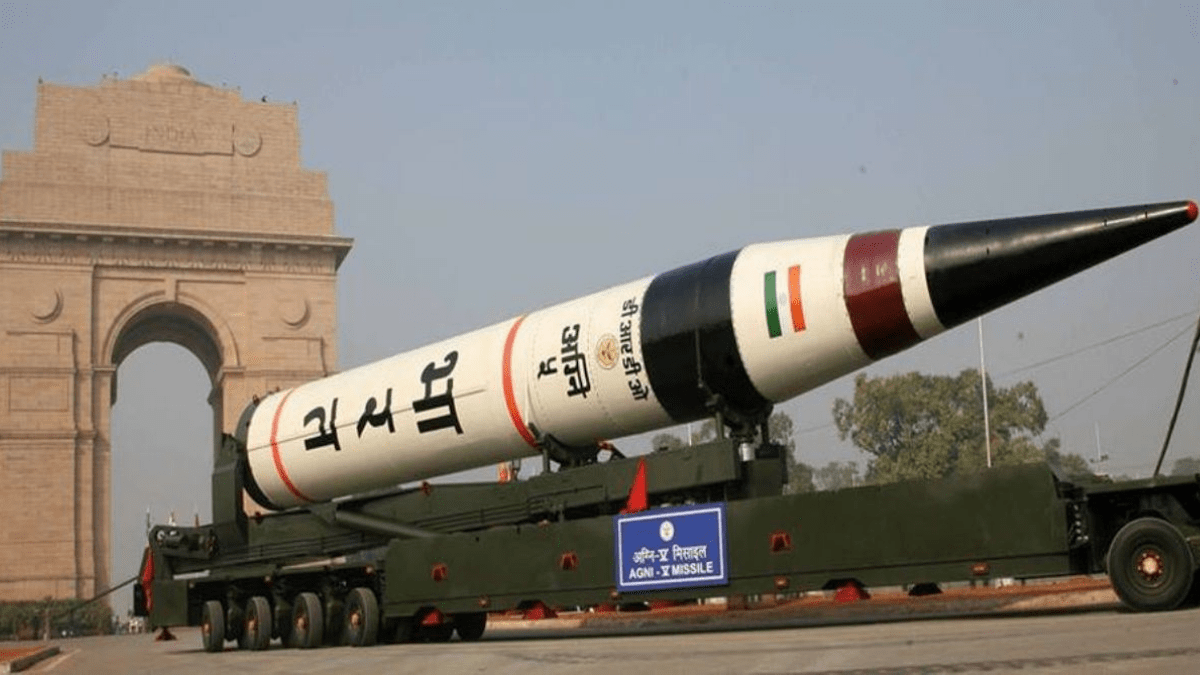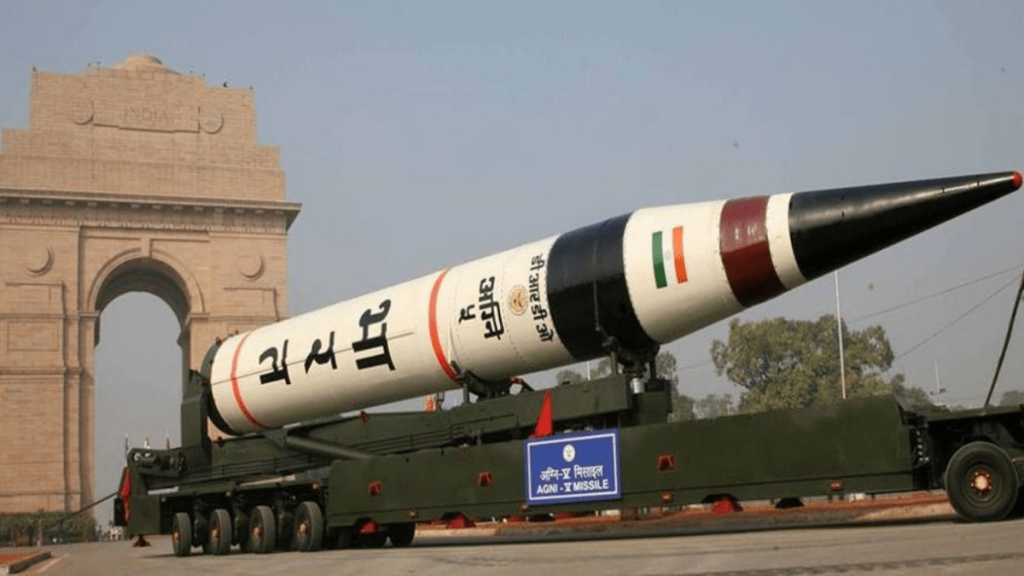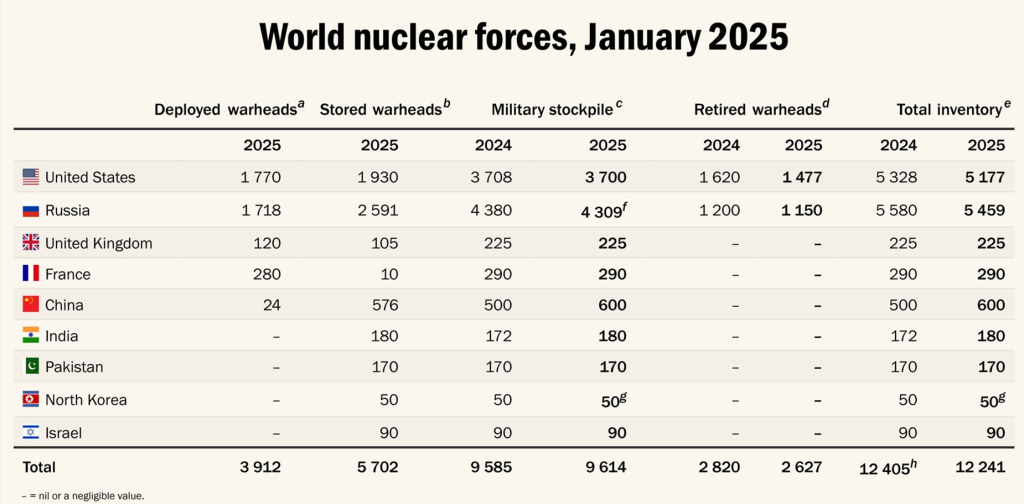According to the Stockholm International Peace Research Institute (SIPRI) Yearbook 2025, India has continued to strengthen its nuclear capabilities, positioning itself ahead of Pakistan in terms of nuclear warheads, while still significantly trailing China. As of January 2025, India possesses 180 nuclear warheads, surpassing Pakistan’s estimated 170. However, China’s arsenal remains substantially larger, with 600 warheads, including 24 deployed—either on missiles or stationed at bases with operational forces.
India’s Nuclear Arsenal and Strategic Shifts: Insights from SIPRI Yearbook 2025
India’s Expanding Nuclear Arsenal
The report highlights that India has slightly expanded its nuclear arsenal during 2024. It continues to invest in the development of new nuclear delivery systems, particularly canisterised missiles. These advanced systems can be transported with warheads mated, possibly enabling peacetime deployment and multiple warhead capability (MIRV) once operational. This technological shift suggests India is moving towards greater readiness and flexibility in its nuclear posture.
Additionally, the report notes that India’s nuclear weapons are part of a maturing nuclear triad, comprising aircraft, land-based missiles, and nuclear-powered ballistic missile submarines (SSBNs). Historically, India has kept its warheads separated from delivery systems during peacetime. However, with the development of canisterised systems and the initiation of sea-based deterrence patrols, there are indications that India may now be mating warheads with launchers, enhancing its second-strike capability.
Regional and Strategic Focus
While Pakistan remains the primary focus of India’s nuclear deterrent, the report emphasizes a growing emphasis on long-range capabilities aimed at China. India’s efforts to extend its strike range signal a broader strategic orientation, possibly aimed at countering China’s rapidly modernising arsenal and military posturing in the Indo-Pacific.
Nuclear Modernisation Across the Region
The SIPRI yearbook underscores that Russia and the United States continue to possess the world’s largest nuclear stockpiles, with 5,459 and 5,177 warheads respectively, including retired ones. Meanwhile, China, India, Pakistan, North Korea, and Russia are actively modernising dual-capable missile systems.
It is notable that only the U.S., Russia, France, and the U.K. had deployed multiple-warhead missiles until the mid-2000s. Since then, China has developed two such systems, and India, Pakistan, and North Korea are also pursuing MIRV technology, marking a new phase of capability competition in Asia.
Arms Imports and Global Position
The SIPRI report also reflects on global arms transfers, revealing that between 2020 and 2024, 162 states received major arms. The top five arms importers were Ukraine, India, Qatar, Saudi Arabia, and Pakistan, collectively accounting for 35% of global arms imports. India’s continued position as a major arms importer aligns with its efforts to strengthen its conventional and strategic forces.
Conclusion
The findings of the SIPRI Yearbook 2025 underscore India’s steady nuclear modernisation and strategic recalibration amidst a complex regional security environment. With growing capabilities and a shift towards peacetime readiness, India’s nuclear posture appears to be evolving in response to both traditional and emerging threats, particularly from China and Pakistan. The developments also reflect a broader regional trend of nuclear modernisation, potentially impacting strategic stability in South Asia and beyond.






















